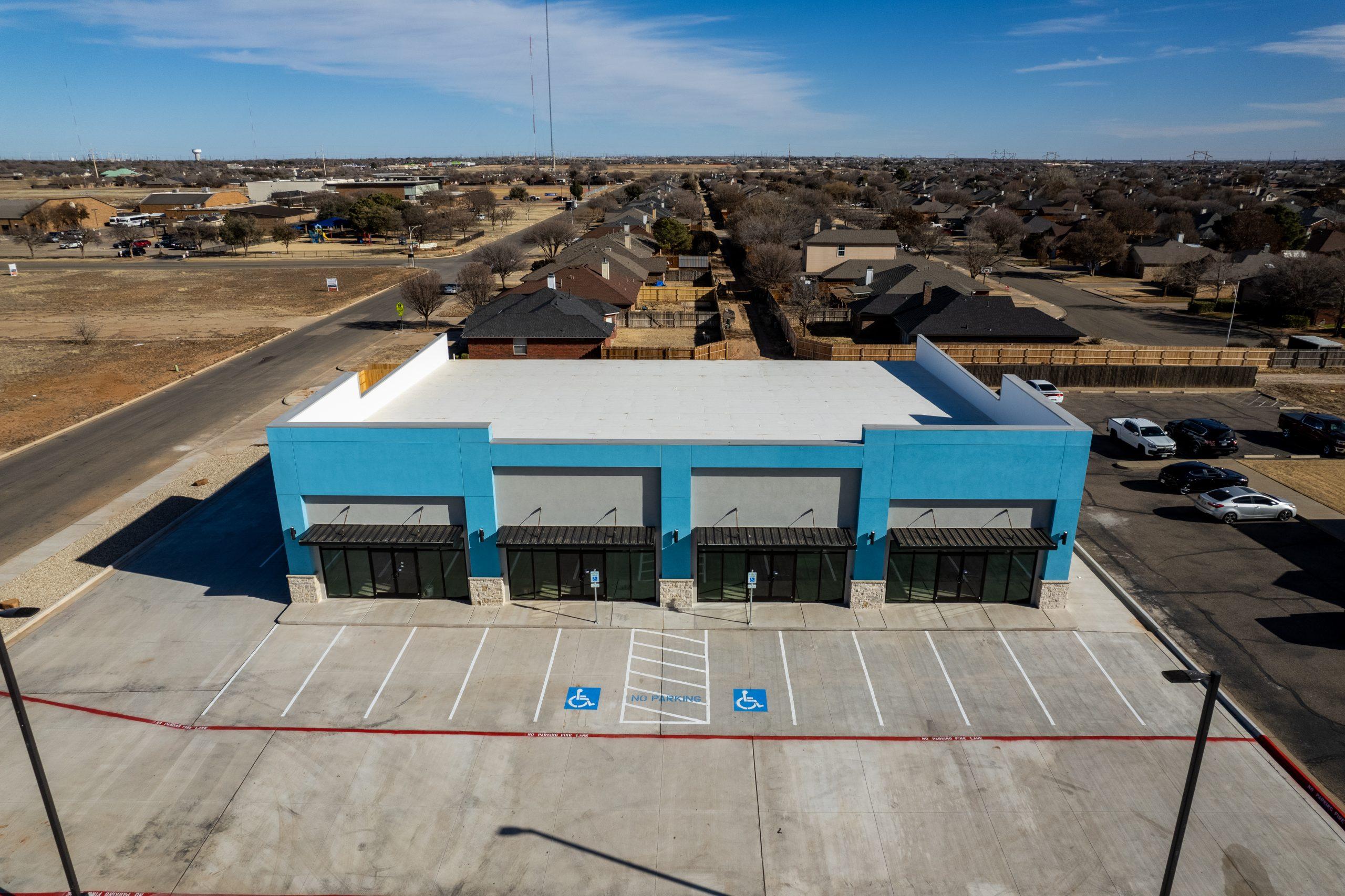Drones, or Unmanned Aerial Systems (UAS), have gained immense popularity in recent years. While drones were initially used for aerial photography, and hobbyist pursuits, they’ve built a strong groundwork for application within the construction industry. Drones are providing more efficient solutions to the everyday challenges across the construction industry.
Aerial Surveys and Site Inspections
Traditional site surveys and inspections involve surveyors and engineers physically walking the construction site. They often face difficult terrain or potentially hazardous conditions. This process is not only time-consuming but also costly.
Drones equipped with high-resolution cameras and GPS technology can perform aerial surveys and inspections with incredible precision. They capture detailed images of the entire construction site, including areas that are challenging to access on foot. This aerial data is used to create accurate 3D models, topographical maps, and orthomosaic images, providing accurate representation of the site’s layout, topography, and existing structures.
These detailed maps and models serve as the foundation for project planning and design. Architects and engineers can make decisions based on the data, improving site layouts and minimizing potential issues.
Progress Monitoring and Reporting
Tracking construction progress is essential for project managers and stakeholders to ensure that projects remain on schedule and within budget. Traditionally, this required site visits and manual documentation.
Drones offer a real-time solution for progress monitoring. Regular aerial surveys capture the current state of the project, and this data is compared to the project’s timeline. Any change from the plan can be quickly identified and addressed. Project managers can access this information remotely, allowing them to make informed decisions without the need for frequent on-site visits. Utilizing this technology, projects may even be managed from different cities or states away from the physical site.
Safety Enhancements
Safety is paramount in construction, where workers often face hazardous conditions and must access challenging locations. Drones contribute to safety in several ways:
Inspection of Risky Areas
Drones can access high-risk or hard-to-reach areas such as rooftops, bridges, and tall structures without exposing human workers to danger. They are equipped with cameras and sensors that can detect structural issues or potential safety hazards.
Search and Rescue
In emergency situations, drones equipped with thermal imaging cameras can quickly search for missing workers or assess the extent of a disaster, aiding in search and rescue efforts.
Site Monitoring
Drones can monitor the construction site for safety compliance, ensuring that workers are following safety protocols and wearing appropriate protective gear.
Cost Savings
Construction projects are often constrained by budgets, and cost savings are a significant benefit of drone technology:
Reduced Equipment Costs
Traditional surveys and inspections require specialized equipment and vehicles, which can be expensive to purchase, maintain, and transport to the site. Drones are a cost-effective alternative.
Labor Efficiency
Drones can cover large areas quickly, reducing the need for manual labor and minimizing labor costs associated with surveying and inspections.
Minimized Delays
Early detection of issues through drone inspections can prevent costly delays and rework, ultimately saving money on the project.
Enhanced Communication
Effective communication among project stakeholders is essential for project success. Drones facilitate this communication by providing a visual perspective that is easy to understand:
Visual Documentation
Aerial imagery and videos captured by drones offer a clear and visual representation of the construction site’s progress and conditions, making it easier for architects, engineers, and clients to assess the project’s status.
Collaboration
Stakeholders can collaborate remotely by accessing the same drone-captured data, allowing for more efficient decision-making and problem-solving.
Drones are revolutionizing the construction industry by improving efficiency, safety, cost-effectiveness, communication, and environmental sustainability. As technology continues to advance, the integration of drones into construction workflows is likely to become even more widespread, leading to more efficient and sustainable construction practices.

